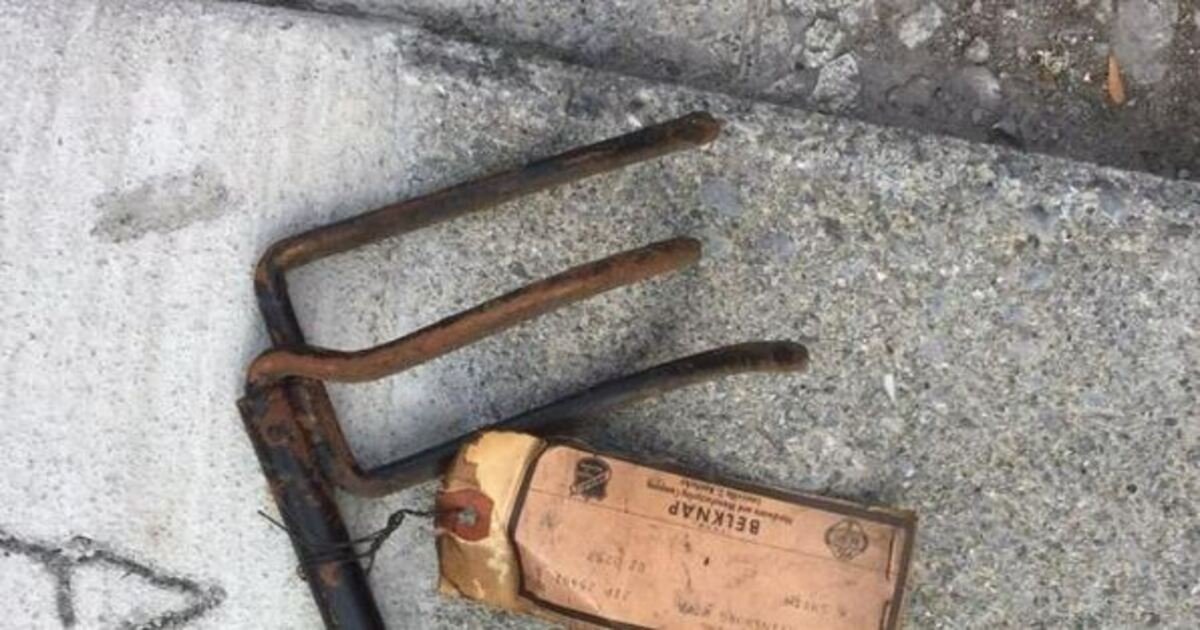In the annals of heating history, the coal furnace stands as a testament to an era when warmth was derived from the rhythmic dance of flames fueled by coal. Tending to the heart of these furnaces was an art form in itself, requiring a set of tools that have since become relics of a bygone era. Among these tools, the fire poker and clinker removal implement hold a special place, embodying the laborious yet rewarding task of maintaining a steady and efficient blaze.

The coal furnace, once a ubiquitous fixture in households, depended on the skillful hands of homeowners to keep its fires burning bright. The fire poker, a seemingly simple yet indispensable tool, was the wand of the furnace keeper. Crafted from sturdy metal, it extended into the fiery depths, allowing the user to manipulate the coal, rearrange the burning embers, and stoke the flames to life. The rhythmic poking and prodding not only ensured a constant heat supply but also became a meditative ritual for those tasked with keeping the home fires burning.
However, the dance of the flames wasn’t without its challenges. As coal burned, it left behind a residue known as clinkers – solid masses of impurities that needed to be removed to maintain optimal furnace efficiency. Enter the clinker removal tool, a robust implement designed to navigate the red-hot coals and extract these hardened byproducts. The clinkers, often fused into intricate shapes, required a skilled hand and a discerning eye to identify and extract without disturbing the delicate balance of the fire.

The process of clinker removal was an exercise in patience and precision. Homeowners would wait for the opportune moment, when the clinkers reached a malleable state, to carefully extract them from the furnace bed. This meticulous task demanded both knowledge of the furnace’s behavior and a connection with the living, breathing entity that was the coal fire.
As technology advanced, the coal furnace fell out of favor, replaced by more modern and convenient heating methods. Gas and electric heating systems became the norm, relegating the fire poker and clinker removal tool to the status of nostalgic artifacts. However, for those who remember the warmth of a coal-fired home, these tools evoke memories of a time when tending to the fire was not just a chore but a craftsmanship.
In an age where automation dominates our heating needs, the fire poker and clinker removal tool remind us of the intimate relationship our predecessors had with the very essence of warmth. They were not merely tools but extensions of a homeowner’s skill, patience, and commitment to the art of keeping the home fires burning – a tradition that, while fading, still lingers in the collective memory of those who experienced the flickering glow of a coal furnace.